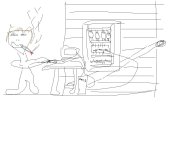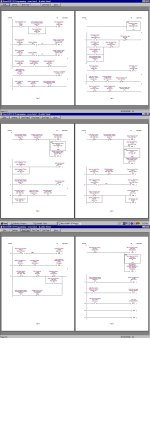Johnny Rotten
Member
OP
Ronnie, I will do that. Yes, if what has been said about Stage is true, I will learn it. From what I have read, it has potential to work 'similar to' how we think. And how we 'think' is how any machine ends up 'running'.
One thing I hate about RLL is trying to guess what 'new rung 54' is doing while everything previous has been 'happy'.
It turns out that 'new rung 54' has changed timing on more things than one could ever imagine. I'm sure you have been there Ron.
So, yes, I hate RLL. RLL is realy an adaptation of something that has nothing to do with 'scan times'. It is old school schematics adapted to a computer, in simple terms. I do realize that!
I do not have the benefit of tweaking older programmes in 'my' data bank. I making it all up.
Thanks Ron so much for the link, I will get there, not for a bit, but I'm here for a byte.
John
One thing I hate about RLL is trying to guess what 'new rung 54' is doing while everything previous has been 'happy'.
It turns out that 'new rung 54' has changed timing on more things than one could ever imagine. I'm sure you have been there Ron.
So, yes, I hate RLL. RLL is realy an adaptation of something that has nothing to do with 'scan times'. It is old school schematics adapted to a computer, in simple terms. I do realize that!
I do not have the benefit of tweaking older programmes in 'my' data bank. I making it all up.
Thanks Ron so much for the link, I will get there, not for a bit, but I'm here for a byte.
John





